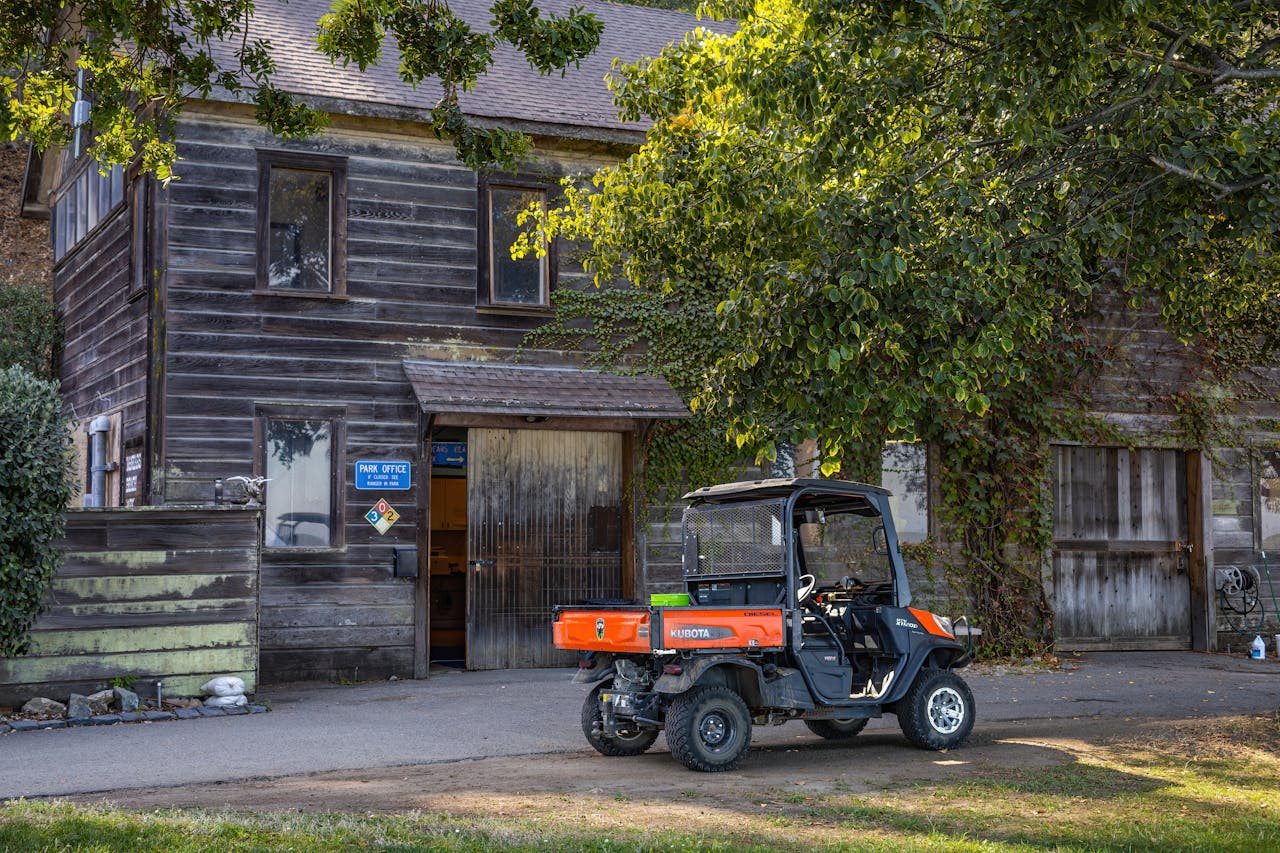If we are completely honest with ourselves, most of us do not take driving seriously enough to consider how dangerous it can be. However, whenever you get behind the wheel, you suddenly become in control of a multiple-ton chunk of metal and will be fully responsible for your own safety, your passengers, and, of course, other road users’ or pedestrians’ safety. And when you think about it like that, driving can become far more fraught with danger than you first thought. Nevertheless, if you shift your attitude slightly, you can take plenty of actions to ensure you avoid the worst-case scenarios and remain incident-free during your travels.
Stay Alert, Avoid Distractions
One of the easiest but least used techniques for saving yourself an inordinate amount of stress and resources is simply keeping your mind on the road. As mentioned in the introduction, part of the reason we tend to become distracted while driving is our laissez-faire attitude to the act of driving itself. But, as this NYC car accident lawyer notes, if you live in larger urban areas, the roads are in constant flux, and danger can come from almost anywhere. Even in quieter areas, it’s very easy to let your attention lapse for just a moment, which could be the difference between arriving at your destination safely and in your own vehicle or getting there in an ambulance. As such, you need to make a concerted effort to keep yourself fully engaged as you drive, and if you find yourself flagging for whatever reason (usually fatigue), you should find a place to pull over and take a rest.
Keep A Safe Following Distance
Tailgating is one of life’s most annoying things, and if you find that you are regularly going bumper to bumper with the vehicles in front of you, don’t. Tailgating is a far more dangerous issue than people give it credit for, and this is for two distinct reasons:
- Less time to stop: Because you are so close to another car, you will inevitably have less time to react to them if they need to apply emergency braking. You will severely limit your ability to take any evasive action, and the result is very likely to be pretty horrible.
- You will cause undue anxiety: Although your proximity to others may not phase you, you can cause a lot of stress and anxiety for the car you’re tailgating. This could lead to them paying too much attention to their mirrors and not paying enough attention to the road, resulting in an accident.
If you find yourself being tailgated, your best option is generally to avoid conflict and simply let them pass. It isn’t worth the danger and certainly not worth becoming a victim of road rage, which can turn extremely nasty.

Use Your Signals Correctly
Your car has indicator signals for a reason: to inform other road users of your intent to change direction. When you use them, you are providing information to those around you about which direction you’ll be traveling and, therefore, give them plenty of time to take the appropriate actions. Understanding when and how to use these devices will enable you to stay clear of both major and minor accidents. In most cases, non-use tends to result in only minor fender benders, but for the sake of performing such a minuscule action, you could save yourself a lot of time and money.
Check Blind Spots Before Turning
The environment you drive in often poses additional challenges to your visibility. Large trucks, roadside structures, and dense foliage can obscure your view and create blind spots where none existed before. Maintaining a high level of awareness, especially in heavy traffic or unfamiliar places, can help you navigate these challenges safely. Turning might seem like a straightforward action when driving, but it can become incredibly dangerous if blind spots are not correctly checked and accounted for. Countless accidents happen because drivers overlook other vehicles, cyclists, or pedestrians concealed within these hidden areas. To effectively reduce blind spots, it’s essential to adjust your side and rearview mirrors accurately. However, relying solely on mirrors is not enough; make sure to physically turn your head to ensure no obstacles are in your way before making any turn. Vehicles naturally have multiple blind spots, including those created by car pillars and other structural elements. Addressing these areas proactively will significantly lower the risk of accidents. While modern technology, such as blind spot monitoring systems, can assist in reducing these risks, they should not be solely depended upon, and personal vigilance remains paramount.

Avoid Sudden Lane Changes
Sudden lane changes are a major hazard on the road, often leading to collisions, as these unexpected maneuvers can easily surprise and disorient other drivers. Rather than shifting lanes abruptly, signaling your intentions well in advance is critical, giving surrounding vehicles ample time to adjust and respond accordingly. Always take the time to check your mirrors and thoroughly scan your blind spots to ensure the path is clear before you initiate any lane change. Anticipate your moves by assessing the speed and position of the vehicles around you and ensure you have adequate space to transition safely. Maintaining a consistent, predictable path not only increases your personal safety but also helps in maintaining the overall flow of traffic, which in turn reduces the risk of accidents.
Regularly Maintain Your Vehicle’s Brakes
Over time, brake pads and other critical components inevitably wear down, leading to a notable decrease in your vehicle’s stopping power and overall braking efficiency. Scheduling periodic inspections and promptly replacing worn-out parts are essential steps to keep your braking system functioning at its best. Neglecting brake maintenance can result in severe consequences, such as diminished braking performance or complete brake failure in the worst-case scenario. This type of oversight not only endangers your safety but also jeopardizes the well-being of other road users. Always be vigilant for warning signs, including squeaking noises, vibrations, or a spongy brake pedal, as these are clear indicators that your brakes require immediate attention.
Driving safely needn’t take a lot of effort, nor will you need to attend national safe driving classes. Instead, you can use the tips in this post to ensure you and other road users can get from A to B safely and efficiently.







